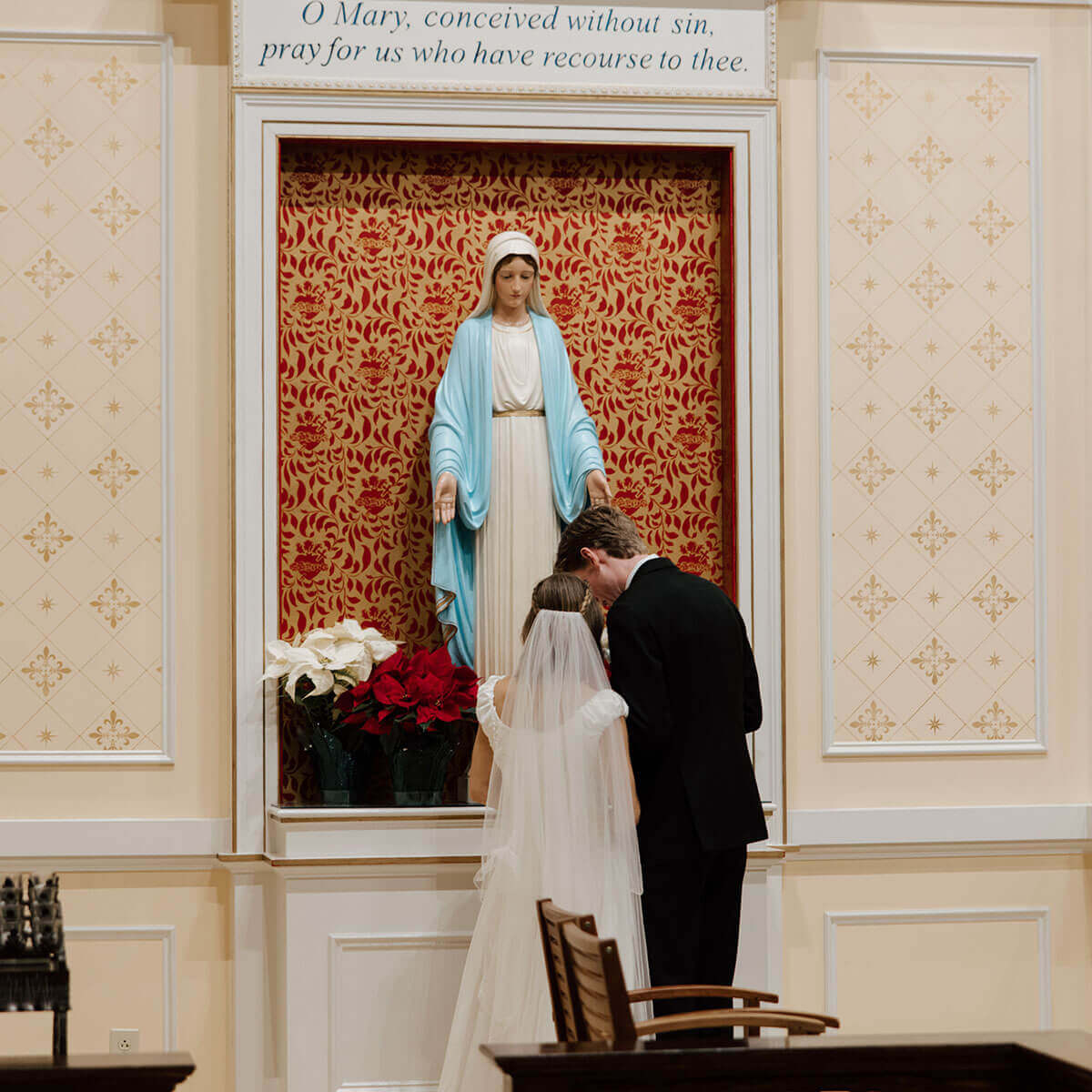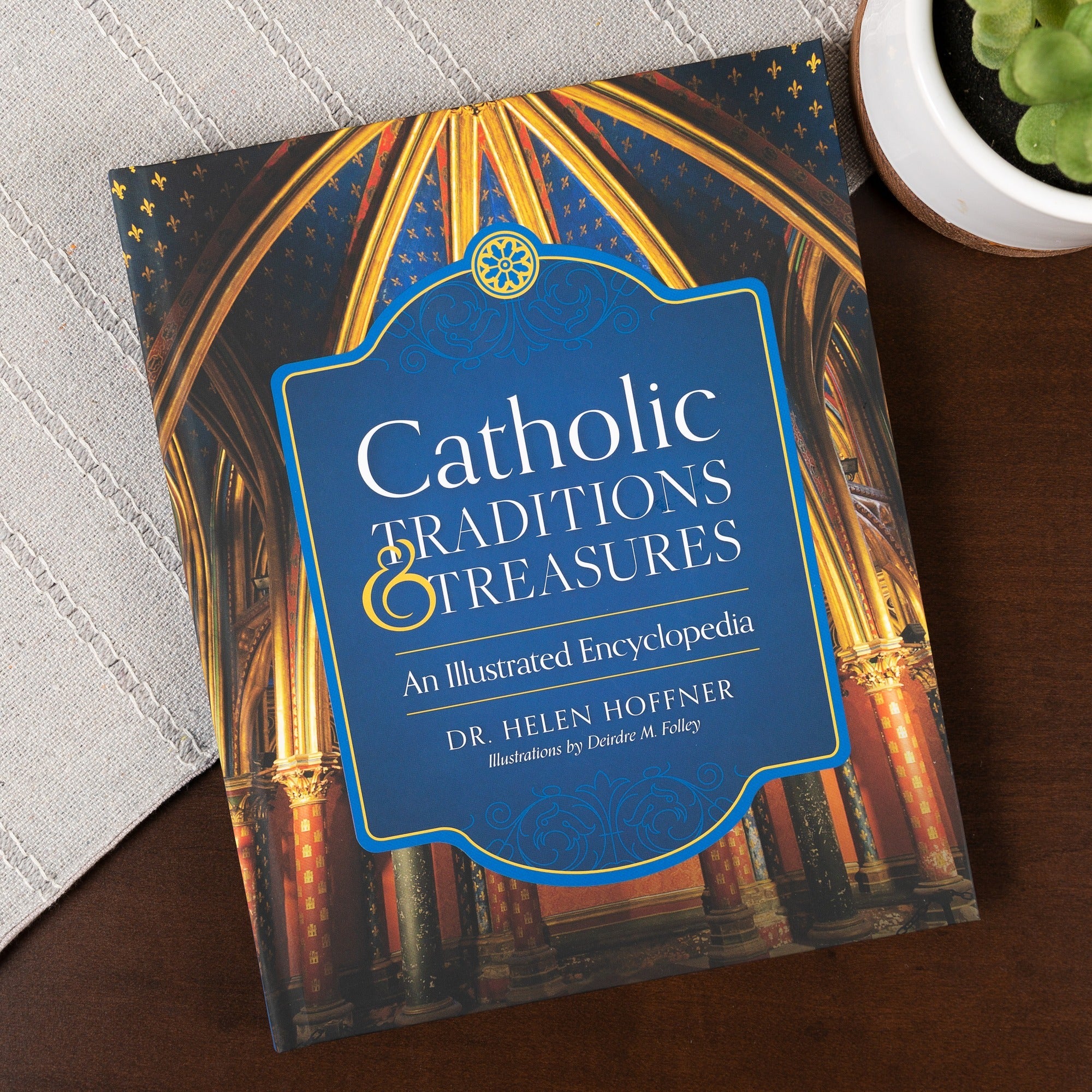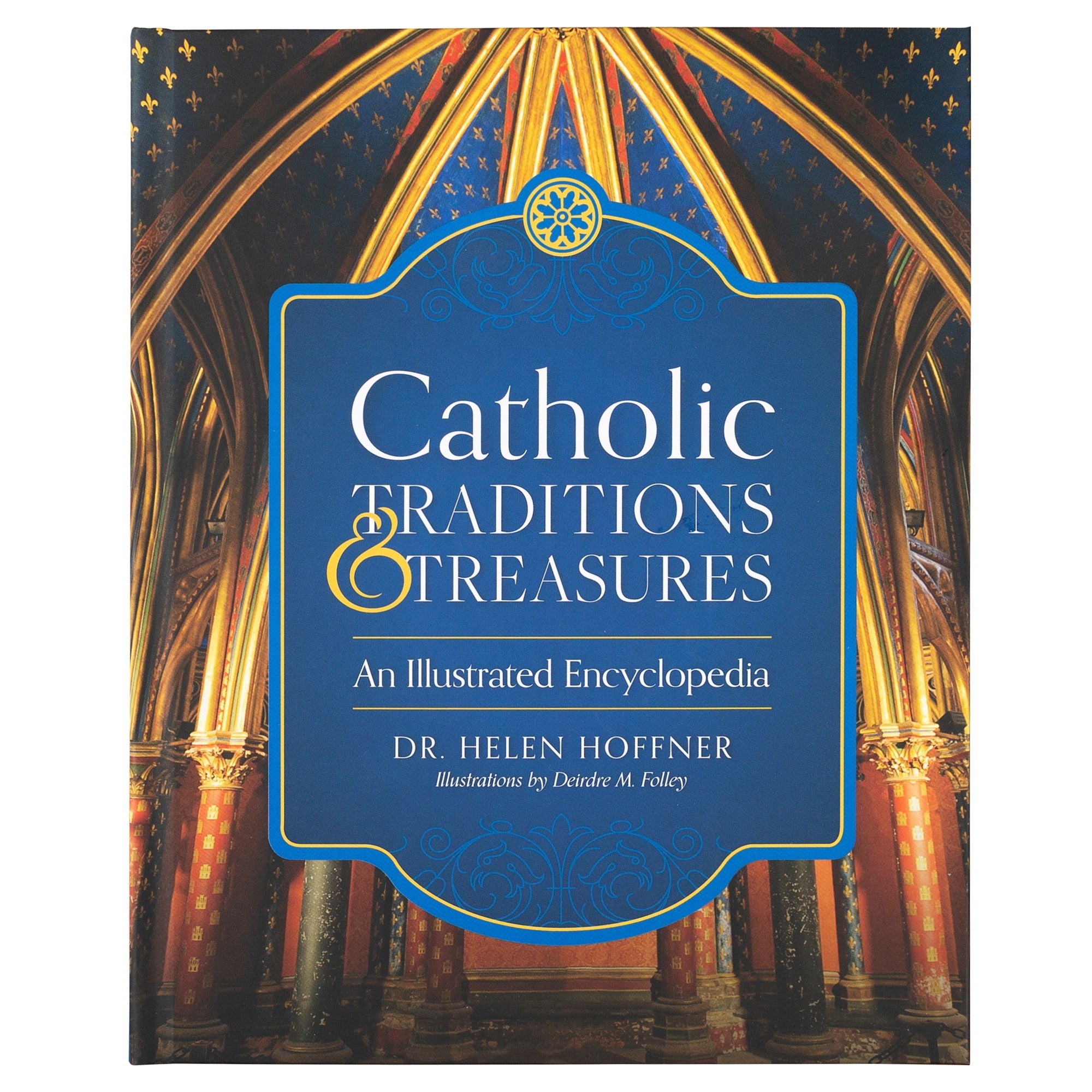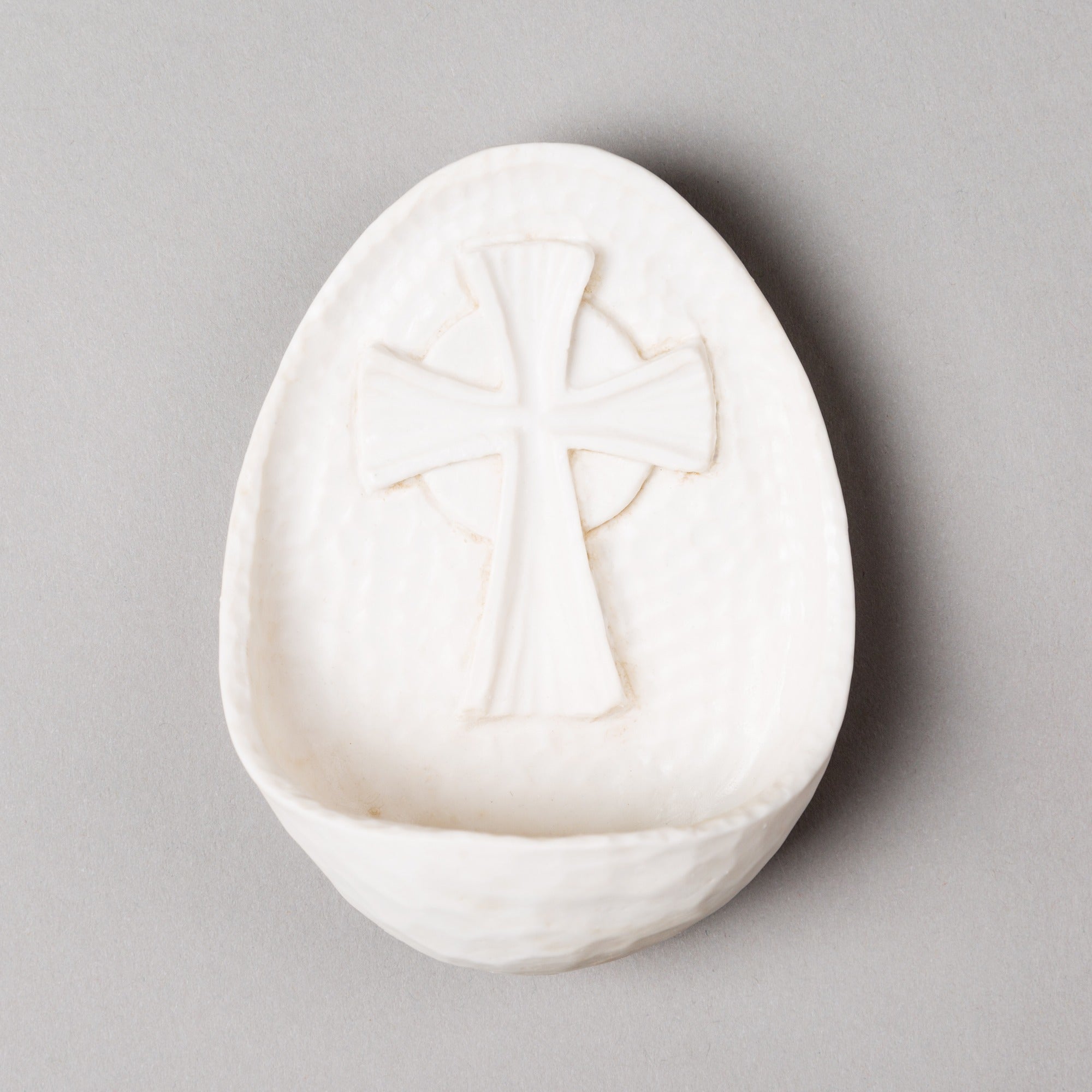Living in the 12th century, Hildegard was a Benedictine abbess, mystic, and polymath (someone with incredible knowledge of a vast array of subjects) who received mystical visions throughout her whole life.
Hildegard was a pious child. She loved God and prayed constantly. At a very young age, she began to experience divine visions. These visions were profound and far beyond what an ordinary child could understand. Often she saw brilliant light, which she described as “the reflection of the living Light.” This light was warm and, when it departed, she was left with received knowledge that she hadn’t previously studied or learned.
In one of St. Hildegard’s most striking visions, she saw a radiant woman standing tall and adorned with jewels. Instinctively, Hildegard understood that this woman represented the Church in her glory. Yet the woman’s face was stained with dirt, her clothes tattered, and her body bruised. Hildegard, through divine wisdom, saw that God was giving her a message about the state of His Church, that the Church, though beautiful in her divine foundation, had been tarnished by the sins of her leaders and people.
Hildegard received visions of this nature throughout her life, but out of fear, she kept them to herself.
But God had other plans for Hildegard and her visions. In 1141, she received a direct command from God that changed everything.

In this vision, Hildegard saw what she described as “a blazing light of immense brightness.” It was different from the usual visions. The light flooded her mind and soul, and she understood that God was asking her to speak out, to write, and to share what she had been seeing and hearing all these years. She was terrified at first, believing she wasn’t worthy of such a task. But this vision came with a clear message: it was not for her glory, but for God’s.
After much internal struggle, Hildegard confided in her spiritual director, who urged her to obey. And so, she began to write Scivias, a book containing 26 of her visionary experiences. With each word she wrote, Hildegard felt liberated, as if a great weight had been lifted. She often described the writing process as a release of divine knowledge, as if she were merely a scribe of God’s will.
St. Hildegard’s visions and wisdom helped reform the Church of her time and have continued to guide and direct the faithful to this day. Because of her impact, she has been named a Doctor of the Church and today is her feast day!
The Church has faced many turbulent epochs in her history, but God has always raised up great saints, such as St. Hildegard, as beacons of hope in the midst of darkness. Among these great saints, the four women Doctors of the Church stand out as models of courage, wisdom, and trust: St. Hildegard herself, Teresa of Ávila, Catherine of Siena, and Thérèse of Lisieux. In Women of Hope, Terry Polakovic introduces these amazing women and describes the troubled times in which they lived and persevered. Order your copy today from The Catholic Company!



























